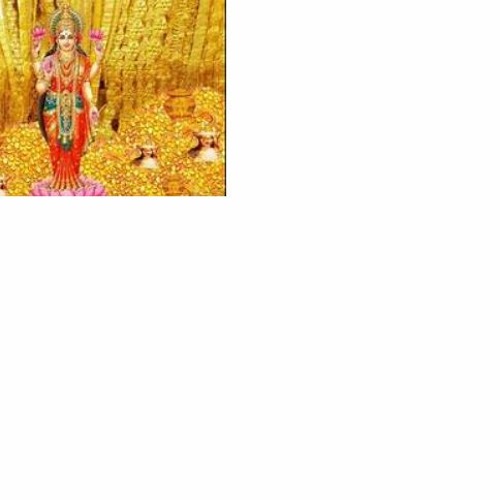
He intended to surprise her and keep his vow to her before assuming the Kurma Avatar. Knowing what was about to happen, Lord Vishnu purposefully chose not to assist Lakshmi. As a result, Lakshmi rushed to Brahma for assistance, pleading with him to intercede. Vishnu appeared, but declined to help her by claiming that he couldn’t intervene in something that was happening because of Brahma’s command. And when Lakshmi saw them battling over her, she begged Vishnu to save her. As a result, the Devas and the Asuras got into a fierce argument. The Devas, led by Indra, opposed his demand, insisting that she be a part of their camp because she appeared to be angelic. He was enamoured with her and desired to marry her. The Asura King Kalketu wanted Lakshmi to join his camp as soon as he saw her. The lotus-bearing goddess was then honoured in all three planets. She selected the Devas’ side, and out of thirty gods, she chose Vishnu. When she first arrived, she had the option of going to the Devas or the Asuras. Lakshmi, celestial cow Kamadhenu, Varuni, Parijat tree, Apsaras, Chandra (the moon), and Dhanvantari with Amrita (‘nectar of immortality’) emerged from the ocean with lotus.

The universe was created, according to the Vishnu Purana, when the devas and asuras churned the cosmic Kshirasagar. Lakshmi is claimed to have been born as the daughter of the heavenly sage Bhrigu and his wife Khyati, and was given the name Bhargavi in the Garuda Purana, Linga Purana, and Padma Purana. The goddess Lakshmi appeared alongside them.Since she emerged from the sea, she is supposed to be the daughter of the sea god in certain accounts. During the churning, a slew of divine celestial objects appeared. Vasuki, the serpent-god who spews venom, was wrapped around the mountain and used to churn the sea.

Kurma, the tortoise, was Vishnu’s incarnation, and a mountain was placed on the tortoise as a churning pole. The devas on one side and the asuras on the other began the samudra manthan. In order to achieve immortality, the devas and asuras resolved to churn Kshirasagar with Mount Mandara. Only through churning Kshirasagar (‘Ocean of Milk’) could Amrita, the heavenly nectar that offers immortality, be acquired. In Hinduism, both devas (gods) and asuras (demons) were mortal at one point. Lakshmi is known to be the daughter of the mother Goddess Durga, and the wife of Vishnu, whom she accompanied, taking different forms in each of his incarnations. Lakshmi is the household goddess of almost all Hindu families and is worshipped every day, but October is her main festive month. Lakshmi is the goddess of wealth and prosperity in all of its manifestations, both material and spiritual, and her name is derived from the Sanskrit word Laksya.

The goddess Lakshmi is associated with good fortune.


 0 kommentar(er)
0 kommentar(er)
